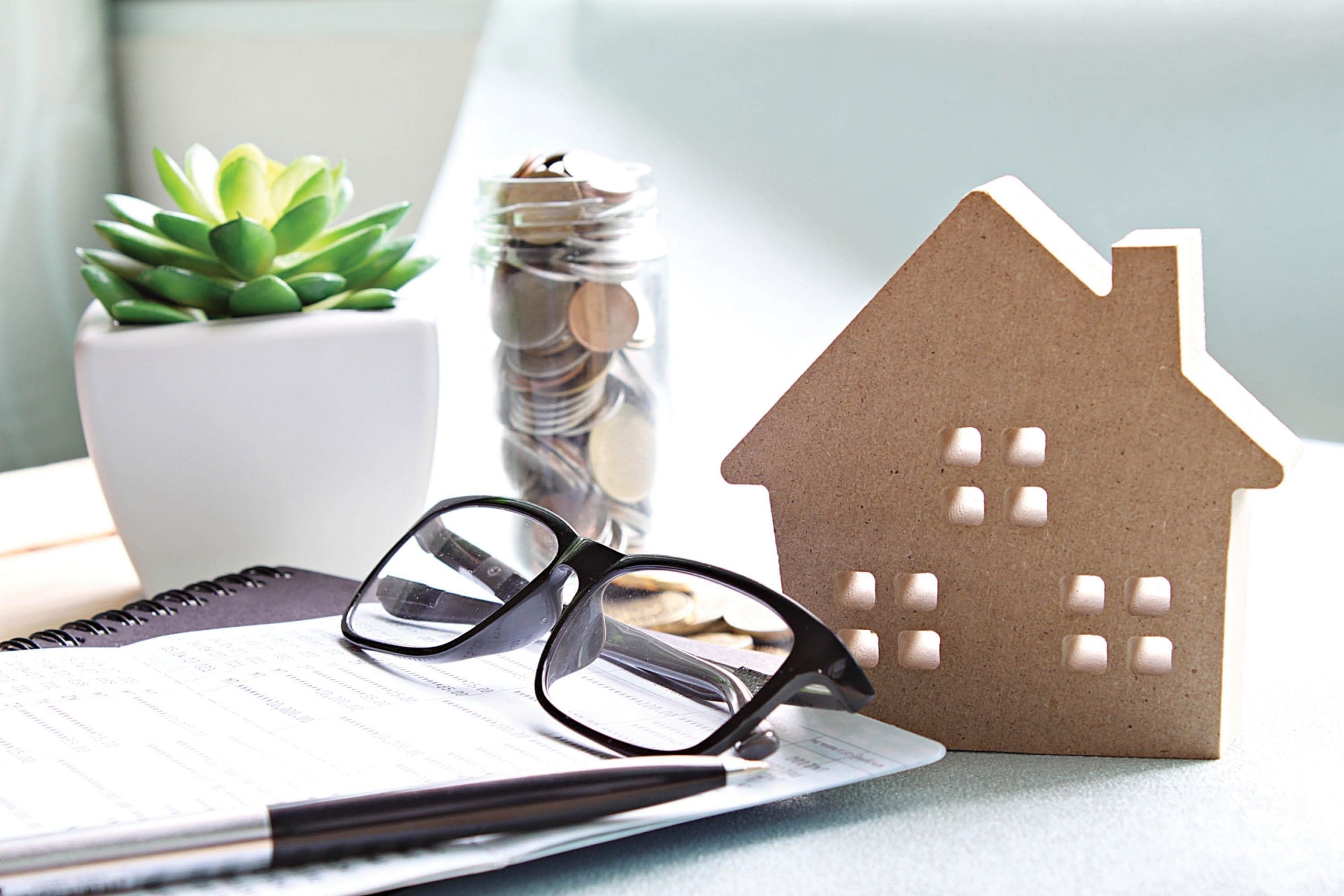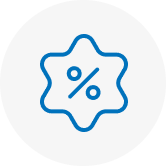Mortgages 101: How to Create a Responsible Financial Plan

Congratulations, you’re going to be a homeowner! Maybe this is your first foray into property ownership, or maybe this isn’t your first home-buying rodeo. Regardless, the best way to make the most of your investment is to go in with a responsible financial plan that considers all aspects of taking on a home loan (called a mortgage loan, or mortgage).
Having a solid plan in hand will allow you to feel confident that you’ve entered into this contract with open eyes—and won’t encounter any big surprises. Buying a house is a big purchase, but it’s also one that will give you and your family a place to make lasting memories for years to come.
So, let’s examine some of the best steps to getting it right.
Determine your budget
Before you can start shopping for your new home, you’ll need to determine just how much you can spend on it.
A lender (like a bank) will be able to give you a ballpark figure, but this will be based on your gross income—so avoid using this as your top price point. You’ll instead want to figure out how much income you have to devote towards your new property. You should consider all your existing debts and expenses when arriving at this number.
Experts recommend your monthly housing costs stay below 32% of your total monthly income. Also, including your potential mortgage, your total debts should be less than 40% of your total income. Otherwise, you may be putting yourself in a potentially unstable financial situation.
Plus, don’t forget to factor in the ongoing costs of owning and maintaining the home. When planning your budget, leave a healthy buffer for ongoing maintenance and renovation costs of the home itself, property taxes, homeownership association (HOA) or condo fees, interest on the loan, and any mortgage insurance fees you will be taking on.
Finally, remember to also add in the cost of professional services that come along with purchasing a home, including lawyers and realtor fees, closing fees, home inspection, and moving costs.
Calculate a down payment that’s right for you
A generous down payment will reduce the amount you must borrow to purchase your home. So, as part of your pre-work, determine how much money you have available to put towards the price of the home. This will help reduce the overall costs of the mortgage over time, and also how long it takes to repay.
If you are putting down less than 20% towards the value of the home, then you will require mortgage insurance on the loan itself, which is not uncommon, but adds in an extra cost.
If you are a first-time home buyer, you can also use money from your registered retirement savings plan (RSP/RRSP) without tax penalties, but you must you pay it back within 25 years.
Establish appropriate financing
Once you’re ready to work with your lender to determine a mortgage payment plan, you’ll need to answer questions on whether you’d like a fixed or variable interest rate, how many years you’d like to spend paying down the loan, and what you can afford in monthly payments.
There are also questions to answer, like if the mortgage be open (so you can pay it any time) or closed. As well, ask if the loan is “portable”—or transferrable to another home if you sell the first one.
Your financing plan comes back to your available income and size of your down payment. It may require a little additional research and advice, so don’t be afraid to consult with your financial intuition or other experts until you feel confident you can make informed choices. Here is handy reference guide that will give you a good place to start.
At the same time, you should check to see if you qualify for any special programs or tax rebates. For instance, if you are a first-time homebuyer, there are federal tax credits available and in some cases, your local municipality may have other incentive programs available.
When arranging financing, you should also work with your financier to choose a repayment cadence that suits your lifestyle. In some cases, you may be able to afford an arrangement like accelerated bi-weekly payments which will help you own your home faster and ultimately pay less interest.
Be patient and diligent
With so many details and options to consider, buying a new house can feel like a daunting task. But there are plenty of resources available. Don’t be afraid to take advantage of these and ask as many questions as you can. Eventually, with a little bit of patience and a good dose of careful planning, you’ll find the perfect new place to call home.
Once you’ve determined how you will be financing your home, visit our blog to help you get settled in your new community.




